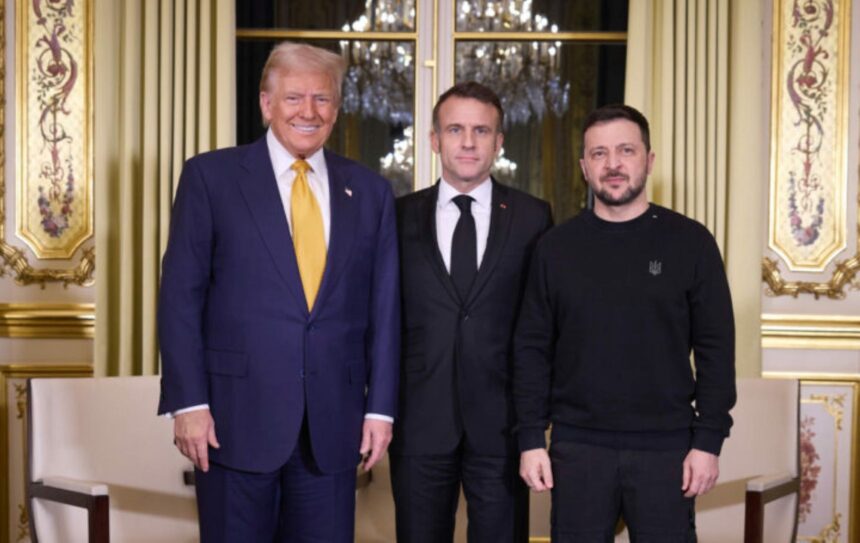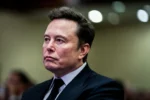As Trump pushes for a new approach to the Ukraine war, tensions rise between the U.S. and Europe. Discover the geopolitical shifts and their global impact.
The divide between Europe and the United States over how to end the war in Ukraine is exposing a new and unsettling reality for the transatlantic alliance. According to an analysis by Roger Cohen for The New York Times, cohesion among allies appears to be waning at a critical moment.
While European leaders gathered in Paris emphasized their commitment to a free, democratic, and stable Ukraine, Trump’s administration is pushing for an end to the war on terms that would favor U.S. economic interests. This includes reestablishing ties with Russia and demanding significant concessions from Ukraine, which Trump’s team views as insufficiently grateful for American support.
A U.S.-brokered ceasefire deal for the Black Sea was reached in Saudi Arabia—without European representation. However, its immediate implementation remains uncertain, with differing interpretations from Washington, Moscow, and Kyiv. Russia has conditioned the agreement on lifting Western economic sanctions, a demand strongly opposed by European nations.
As Europe explores security options for Ukraine, including a potential military presence, hesitation grows. The risk of direct military confrontation with Russia looms large, raising concerns over NATO’s long-term cohesion. Ukrainian President Volodymyr Zelensky reaffirmed his stance, declaring, “No one will hand over our territory to Putin.”
Beyond Ukraine, Trump’s approach is shaking Europe’s strategic foundations. His administration views Europe less as an equal ally and more as a dependent partner. The bedrock of NATO—the commitment to collective defense under Article 5—now appears more uncertain than before. Trump’s ongoing demands for increased European defense spending and his threats to withdraw support add further instability.
In response, European nations are ramping up defense measures. France has announced a $2.1 billion plan to modernize a military base capable of hosting nuclear-capable aircraft, while also introducing a national resilience guide to prepare citizens for potential conflict.
The ideological divide is also deepening. Trump’s team sees nationalist, conservative regimes—such as Hungary’s—as closer allies than Europe’s liberal democracies. Secretary of Defense Pete Hegseth’s leaked remarks referring to Europe as “pathetic” reflect a shift in Washington’s strategic focus.
With Trump’s administration appearing increasingly open to accommodating Russia, concerns rise about the future of U.S.-Europe relations. Former British ambassador Sir David Manning warns that intelligence-sharing with Washington may become difficult, given efforts within Trump’s team to “appease Russia.”
While Europe remains committed to countering Putin’s aggression, uncertainty over U.S. intentions leaves the continent at a crossroads. As Michael Duclos of the Montaigne Institute puts it, “Europe must choose: grow its own military teeth or accept a diminished role on the world stage.”
For now, European leaders appear determined to resist Russian territorial gains. But beyond Ukraine, the broader question remains: Is Europe prepared for a world where the United States is no longer its steadfast ally?







